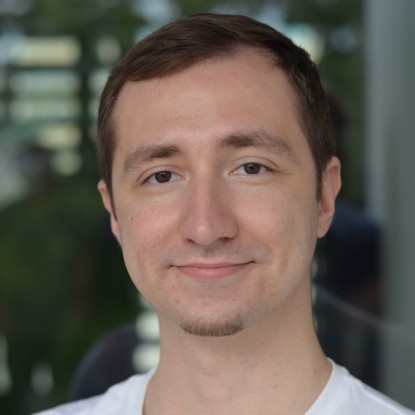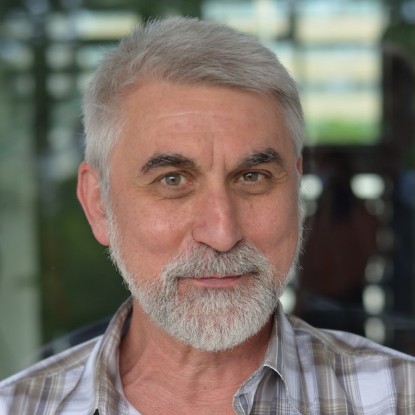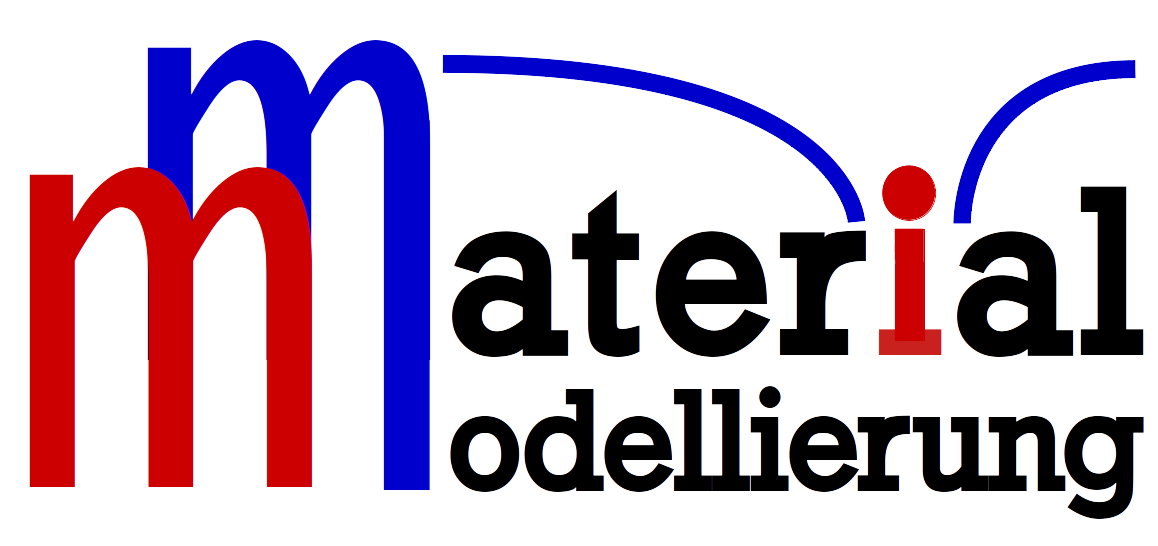Specifically, we will
(a) develop a self-consistent description of domain structure evolution driven by the kinetics of charged defects (oxygen vacancies, ions, etc);
(b) devise a theory of cooperative phenomena driven by electro-neutral elastic defects in ferroelectrics;
(c) establish the impact of nonlinear surface screening on the spontaneous polarization reversal; and
(d) elaborate a self-consistent description of domain structure kinetics in ferroelectric structures with 2D-semiconducting electrodes.
The proposed methodology will use 3D finite element modeling and analytical calculations in the framework of the Landau-Ginzburg-Devonshire approach including, beyond polarization and electric field, chemical strain, piezoelectric, electrostrictive and flexoelectric coupling. Theoretical predictions will be verified by comparison with observed phenomena and specially designed measurements of electro-physical, polar and dielectric hysteresis properties in a wide temperature range, X-ray and spectroscopic characterization of generic ferroelectrics (Pb,Zr)TiO3, BaTiO3, BiFeO3, (Cu,In)P2(S,Se)6 and Sn2P2(S,Se)6 with intrinsic or introduced point defects.The combined methodologies will allow us to establish the influence of bulk and surface defects and related screening phenomena on the cooperative domain structure kinetics and polarization reversal mechanisms in ferroelectric thin films. Moreover, we will analyze the hysteresis loops of ferroelectric polarization, space and surface charge distributions, as well as relaxation dynamics of corresponding domain and charge states. Analytical and numerical calculations will be performed for generic models describing charged and electro-neutral elastic defects, bulk screening by free carriers (electrons and holes, as well as ionic transport) and nonlinear surface screening by e.g. Bardeen surface states, Fermi-Dirac 2D-electron gas or Stephenson-Highland absorbed ions and vacancies. As a result the regions of single- and poly-domain ferroelectric, mixed and non-ferroelectric states will be delineated as a function of defect concentration, formation energy and ionization degree, film thickness, applied voltage and temperature. We further will establish the interaction between domain structure and the charge transport in ferroelectrics with 2D-semiconducting electrodes. The proposed approach will allow us exploring the general features, specifics of switching kinetics and domain evolution in various ferroelectric films with bulk and surface defects, and open opportunities to use ferroelectric films in next generation field effect transistors, modulators, memory elements, electrical transducers and piezo-resistive elements.
DFG
AZ: GE1171/8-1
Project Period: March 2019 – February 2022
Partner Organisation: The State Fund for Fundamental Researches (Ukraine)

Research Associate

Dr. Ivan Vorotiahin
Contact
vorotiahin@mm.tu-...
work +49 6151 16-21894
Work
L6|01 403
Otto-Berndt-Str. 3
64206
Darmstadt
Project Leader

Apl. Prof. Dr. Yuri Genenko
Contact
genenko@mm.tu-...
work +49 6151 16-21898
Work
L6|01 213
Otto-Berndt-Str. 3
64206
Darmstadt






